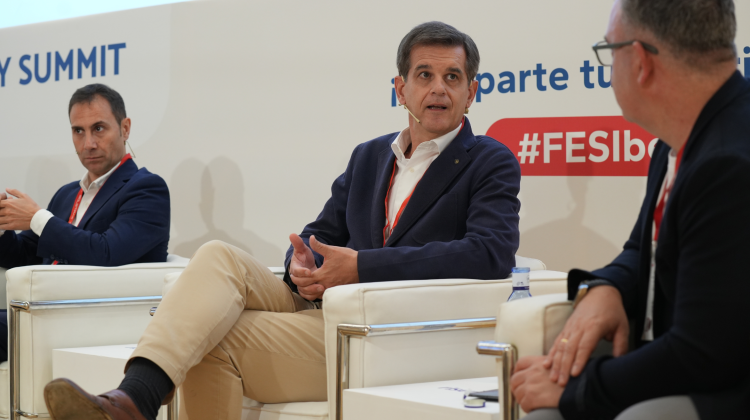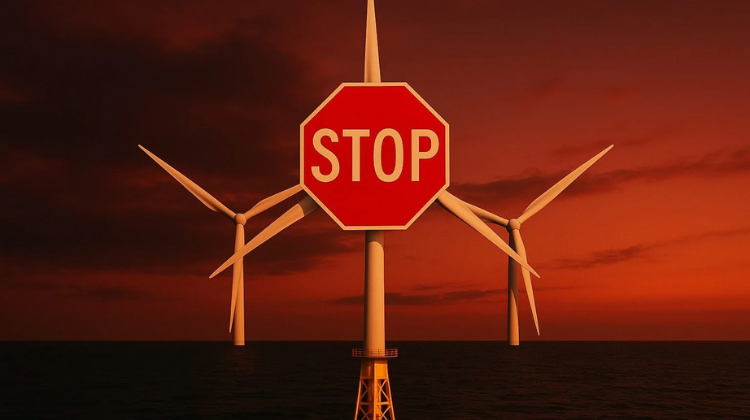At FES Iberia 2025, Spain DC issued an urgent call to rethink Spain’s energy regulation framework. The warning came from Alejandro Fuster, Technical Director of the association, who highlighted that access to energy is currently the main bottleneck for data center development.
“We are growing at a very fast pace, and energy is at the center of our focus because it’s the bottleneck for any data center development,” Fuster states. The sector’s growth is exponential. Spain DC estimates that data center power consumption closed 2024 at around 200 MW, but it will reach approximately 730 MW by 2026. This represents an increase of 530 MW in just two years, a leap that contrasts with the sector’s historical expansion rate.
“We’ve spent 30 years building 200 MW, and now in just two years, we’re going to build more than 400 MW. That gives you a sense of the scale,” Fuster emphasizes.
In this context, the Spanish data center sector faces a dilemma: there is substantial investment ready to enter the country, but limitations in access to real electrical capacity are slowing growth. “There is a lot of capital looking to be invested in Spain to develop data centers, but right now it is conditioned by access to energy, which is not guaranteed, so this money is at risk,” the executive warns.
The increase in power demand is not just about expanding IT infrastructure; according to Fuster, it directly reflects the digitalization process that the Spanish economy is undergoing. Data centers enable the development of new industries, cloud applications, artificial intelligence, and process automation.
This phenomenon generates a direct and transversal impact on Spain’s GDP, beyond the initial infrastructure investment. “The impact on GDP is not just about direct investment; it’s about what this investment enables in other industries,” stresses Spain DC’s technical director.
However, Fuster warns that Spain risks falling behind other countries that offer better regulatory conditions and easier access to energy. “It’s frustrating to see that we are not as competitive as we could be globally, and we’re missing out on opportunities compared to other countries,” he states.
For this reason, the association calls for the development of a proactive and adaptive regulatory framework. The goal is not to simply reflect the current situation but to anticipate the sector’s needs and allow for agile responses to demand evolution. “The number one priority is to develop a regulation that is proactive, meaning it anticipates emerging needs,” Fuster points out.
Today’s electrical planning operates in long cycles, creating a gap between real demand and the system’s ability to respond. For Fuster, it is essential to have tools that allow new initiatives to be incorporated within these timelines, without having to wait years to adapt the regulations. “These are extremely long cycles—electrical planning takes four or five years—and we need to be able to launch new initiatives during that time,” he warns.
Spain DC proposes working in collaboration with Red Eléctrica Española to identify which power demand requests are real and which are speculative, since speculative requests are blocking access for projects with concrete investments. “There are power requests in many regions that have been sitting there for years, blocking access for real investors,” Fuster says.
For the sector, differentiating between speculative and real demand is key to optimizing planning and unlocking strategic projects. “We can collaborate with Red Eléctrica to sit down at the table and prepare the system properly, identifying which demands are speculative and which are not,” the executive proposes.
In a context where even futuristic initiatives like building data centers in space are already being projected—as Fuster recalled during the event—the most immediate challenge is much more down to earth: Spain needs to guarantee sufficient and accessible energy to seize a historic opportunity for investment and digital sector growth.






























